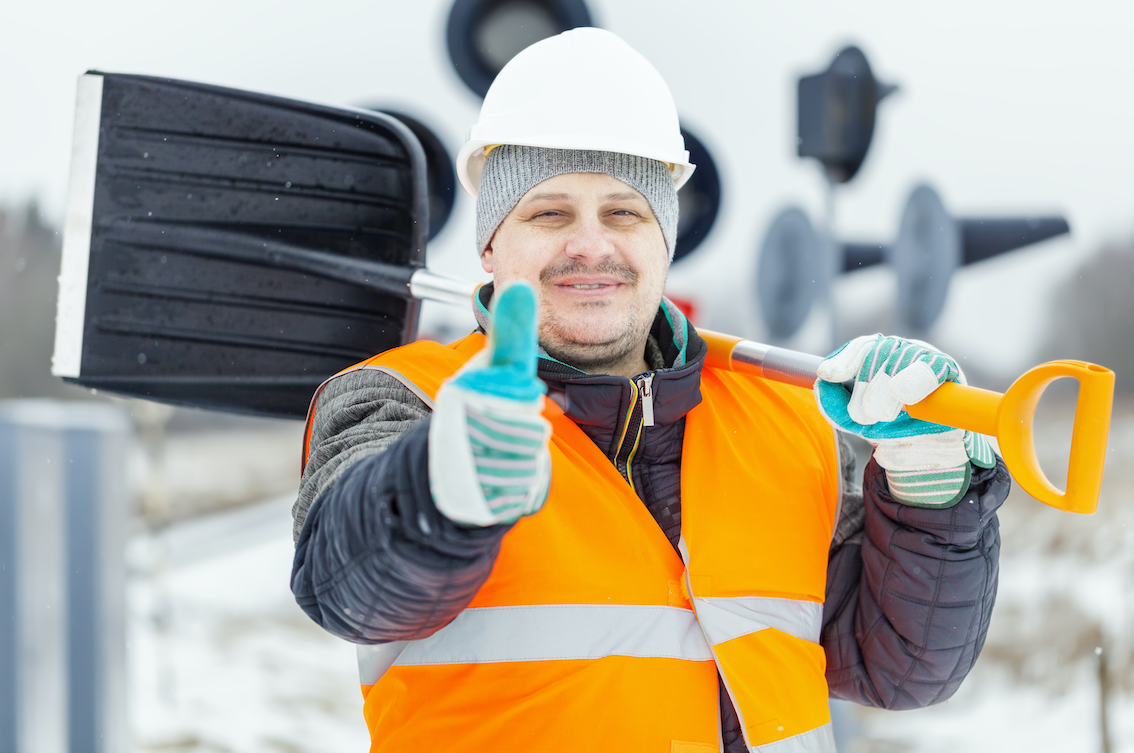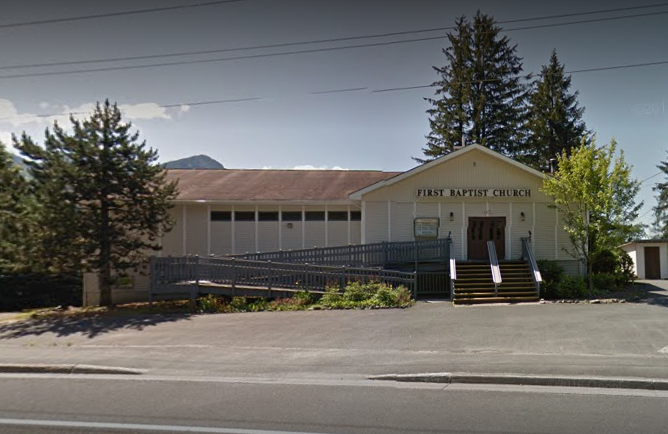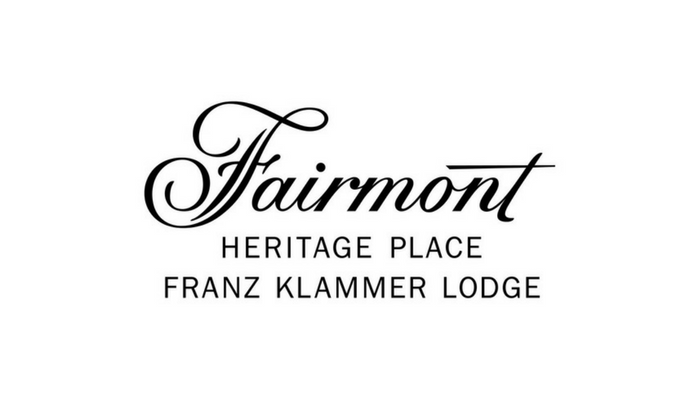
Winter is unpredictable, while last year’s winter may have been more temperate than most, complacency this season can cause you to face serious consequences if caught unprepared. Therefore, it’s essential your facility is prepared for whatever conditions may occur.
Winter readiness includes more than just snow removal. To be properly equipped, you’ll want to ensure all of these four areas are covered.
1. Prepare for increased employee absenteeism
Sick children, school closures and slowed transportation from hazardous conditions are a harsh reality of winter. These factors can lead to an increase in employee absenteeism, causing business disruption and potentially affecting your bottom line.
Consider an enhanced backup plan or on-call procedures to ensure that if an employee can’t make it to work, another can step in in a pinch. It’s a good idea to cross-train, making sure that many people in any given department or shift can handle a particular task. Look over employee scheduling to make sure any gaps in attendance can be closed quickly.
2. Make sure your HVAC system is ready for cold weather
Heat loss can empty a building fast, costing revenue and damaging your reputation for reliability. Burst pipes can cause extensive property damage and possible liability. Avoid these costly mishaps by making sure your HVAC system is in tip-top shape.
Green Seal, a nonprofit organization that helps consumers and companies with sustainability, provides comprehensive guidelines on HVAC maintenance in northern climates.
Key things to schedule include:
- A yearly inspection of heat elements for damage and corrosion
- Vacuuming any dirty components
- Reviewing your filter assembly and duct system, as these are the entry points for dirt and debris
Also make sure to examine your wiring and electric connections, and verify that the heat amperage is within the manufacturer’s specifications.
3. Ensure that rooftop snow removal is done safely
Snow and ice accumulation on roofs must be cleared quickly to prevent overloading and collapse. But rooftop snow removal is dangerous, and can cause serious injury or death if not done safely.
The Occupational Safety and Health Administration provides guidelines to ensure this important task is done safely.
One major thing to consider is the load limit on the roof with the added weight of workers and snow removal equipment. For these and other reasons, OSHA recommends facilities use snow removal methods that do not require employees to stand on roofs, such as using ladders to employ de-icing substances or snow rakes. It goes without saying that a fall from a ladder can be just as deadly as one from a roof, so special attention should be paid to fall arrest systems to prevent injury.
4. Guard against the dangerous effects of power surges
During winter storms and blizzard conditions, downed power lines and loss of electricity are commonplace. When power is restored, accompanying surges can pose a serious risk to your computers and other electronic systems, including damage to sensitive equipment and data loss.
Comprehensive surge protection requires a multi-faceted approach. The Insurance Institute for Business & Home Safety has some valuable tips for protecting your facility from these harmful surges, including proper grounding of systems and the installation of appropriate surge suppression devices.


